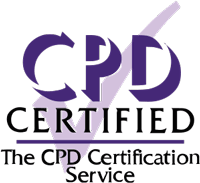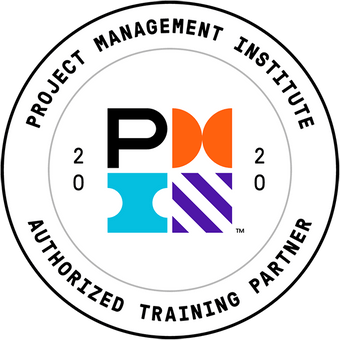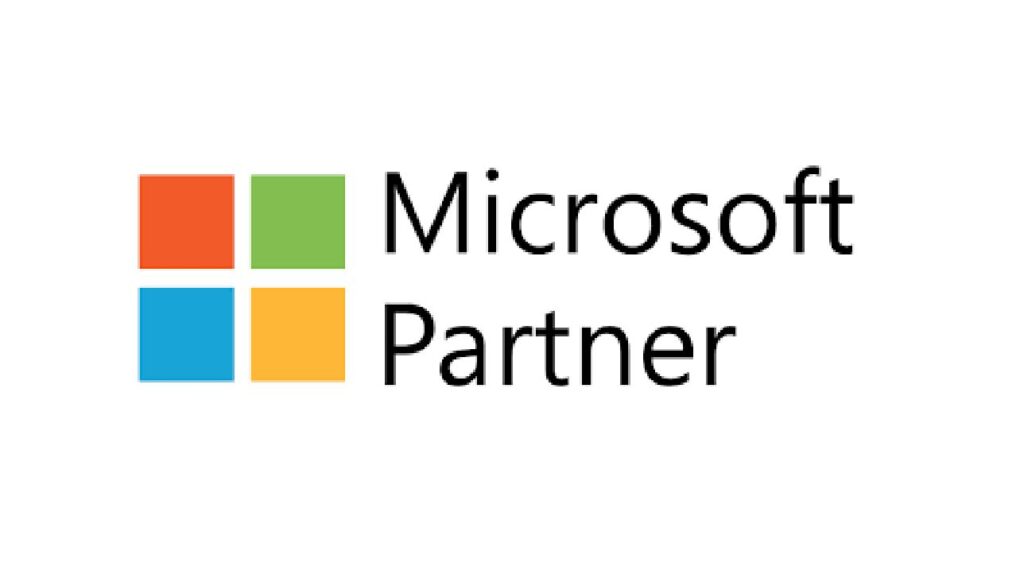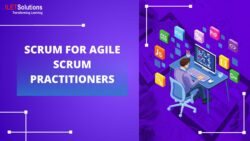This Agile Project Management course online will give you the tools to best work within the Agile Scrum methodology and help you become the accomplished manager that companies demand.
Highlights:
- 34 lessons.
- Understand the roles of Scrum Master, Product Owner, and Scrum Team.
- Know the steps in planning and executing an Agile/Scrum project.
- Understand the organizational impact of using Agile/Scrum for project management.
- Recognize the differences between Sequential, Concurrent, and Agile project management and know when to use each approach.
- Understand how to use the Agile/Scrum tools of Story Cards, Product Backlog, Scrum Boards, and Burn-down Charts.
- Refers to the Project Management Institute’s Agile Certified Practitioner Handbook.
- Earn 17 contact hours or PDUs toward your project management education for certification with PMI.
Once enrolled, our friendly support team is here to help with any course-related inquiries.
Summary
- Skill level: Beginner
- Lessons: 34
- Pre-requisites: None
- Estimated study time: 17h for all materials
- Certificate: Yes
- Accredited by: CPD
- Video duration: 2h 57m
Features
Premium video tutorials
Personalized Learning
Learn at your own pace
Tests and Quizzes
Award winning instructors
Get Certified
Mobile - Learn on the go
Regularly updated content
Accreditations & Approvals
All courses under each learning path are accredited and approved by one or more of the following bodies as is applicable.



Instructors
All courses are taught by reputed trainers with relevant accreditations and industry experience.
Modules
Project Management Methodology
Agile/Scrum is a project management methodology. This means that it provides a set of tools and processes that can be used to organize and manage the project activities.
Sequential Methodology
A sequential project management methodology is a traditional approach to project management. It minimizes risk, but this conservative approach can be lengthy and expensive.
Concurrent Methodology
The concurrent project management methodology is a collaborative approach. It can significantly accelerate a project as compared to the sequential approach, but it is much more difficult to project manage.
Agile/Scrum Methodology
The Agile/Scrum project management methodology is an iterative approach that requires fewer resources than other approaches.
Project Management Methodology Comparisons
The three approaches presented are three very different ways of managing a project. Understanding the differences will enable a business to select the best approach for their projects.
Agile Approaches
Agile is a set of principles. There are many project management methodologies that are incorporating these principles. Scrum is currently the most popular.
Agile Culture
The Agile culture is a set of characteristics found in all the Agile methodologies. These characteristics are empowerment, adaptation, and a focus on performance.
Agile/Scrum Precepts
The Agile/Scrum is a project management methodology that is in sharp contrast to traditional project management. That is because it starts with a different set of underlying precepts.
Sprint – Scrum Process
The Agile/Scrum methodology is a structured project management methodology. It follows a prescribed process that includes Sprints and Scrums.
Sprint – Scrum Meetings
Within the Agile/Scrum project management methodology there are a set of meetings that are used to plan and manage the process. Rather than analytical tools, this methodology relies heavily on the use of specific targeted meetings.
Story Cards
Story Cards, also known as Product Backlog Items (PBIs) are the technique used for documenting project scope, quality requirements, estimates and priority of the deliverables in an Agile/Scrum project.
Product Backlog
The product backlog is the prioritized list of project deliverables.
Sprint – Scrum Team
The Scrum Team performs the project work conducted during a Sprint on an Agile/Scrum project.
Scrum Master
The Scrum Master is the individual who is responsible for facilitating the Agile/Scrum Sprint process.
Product Owner
The Product Owner role is the person on an Agile/Scrum project who is responsible for establishing and explaining the desired project scope.
Sprint Controls
Sprint Controls are the project management tools that are used by the Scrum Master and Scrum Team to assess performance.
Step 0: Vision
A clear goal or vision is essential to project success. That is as true with Agile/Scrum as with traditional projects.
Step 1: Preparing the Product Backlog
Preparing the Product Backlog is the first step in the Agile/Scrum Sprint methodology. It includes creating and prioritizing all the Story Cards.
Step 2: Assign Scrum Team
To do the work of the Sprint, a Scrum Team must be assigned.
Step 3: Sprint Planning
The Sprint is initiated with a Sprint Planning Session that organizes the work, estimates the effort, and initializes the Scrum Board and Burn Down Chart.
Step 4: Sprint Execution
Sprint execution is the actual work of the Scrum team during the Sprint to accomplish the tasks needed to complete each Story in the Sprint Backlog.
Step 5: Sprint Demonstration
The Sprint Demonstration is the formal meeting where the Scrum Team demonstrates to the Product Owner the performance of each deliverable that was created during the Sprint.
Requirements Management
Project requirements management in an Agile/Scrum project is conducted using Story Cards and Backlogs. The list of requirements is variable and is not finalized until the end of the project.
Stakeholder Engagement
Stakeholder Engagement is the effort by the Product Owner to communicate with all affected stakeholders in order to identify potential requirements and provide project status.
Prioritizing the Backlog
The Product Owner must regularly prioritize the Story Cards that make up the Product Backlog and at the beginning of a Sprint he or she must prioritize the Story Cards selected for the Sprint Backlog.
Release Planning
Release planning allows the Product Owner to manage the rollout of capability in order to obtain feedback and assess progress.
Self-Organizing Teams
Scrum Teams do not rely on assigned project management roles, rather the team organizes and manages itself.
Removing Roadblocks
Roadblocks are impediments that prevent the Scrum Team from completing Stories and tasks. The Scrum Master is charged with removing or creating a workaround for the Roadblocks.
Role of Management
Agile/Scrum is an organizational approach to project management and requires buy-in from senior management to be effective.
Organizational Alignment
Organizational alignment is the activity needed to ensure the systems and processes within the organization support the Agile/Scrum methodology and do not undermine it.
Strategic Alignment
Agile/Scrum projects are often used to implement both product line strategy and operational strategy. They can be used with customer projects – but there are challenges with that approach.
Project Selection
Senior management also has the role of selecting projects that are suitable for the Agile/Scrum methodology.
Agile/Scrum Challenges
When implementing Agile/Scrum, there are several process and project challenges that most organizations encounter and must be addressed.
Agile/Scrum Failure Points
There are common reasons for why an Agile/Scrum implementation initiative will fail. Awareness of these failure points reduces the likelihood that an organization will fall prey to one of these.
Target Audience
- Graduates exploring placement in the entry-level Project Management positions across industries
- Professionals needing upskilling to be future-ready or become more productive in their current roles
- Experienced individuals exploring Scrum for Managers.
How do I Access The Program
- Buy the course online
- Save your payment transaction receipt for any future reference
- Our team will share the credentials to enable you access your course online within 2 business days of payment transfer
Bulk Orders
Incase you are looking for bulk user licenses, or customized Learning Paths for various Job Roles, reach out to us with your detailed requirements.






Reviews
There are no reviews yet.